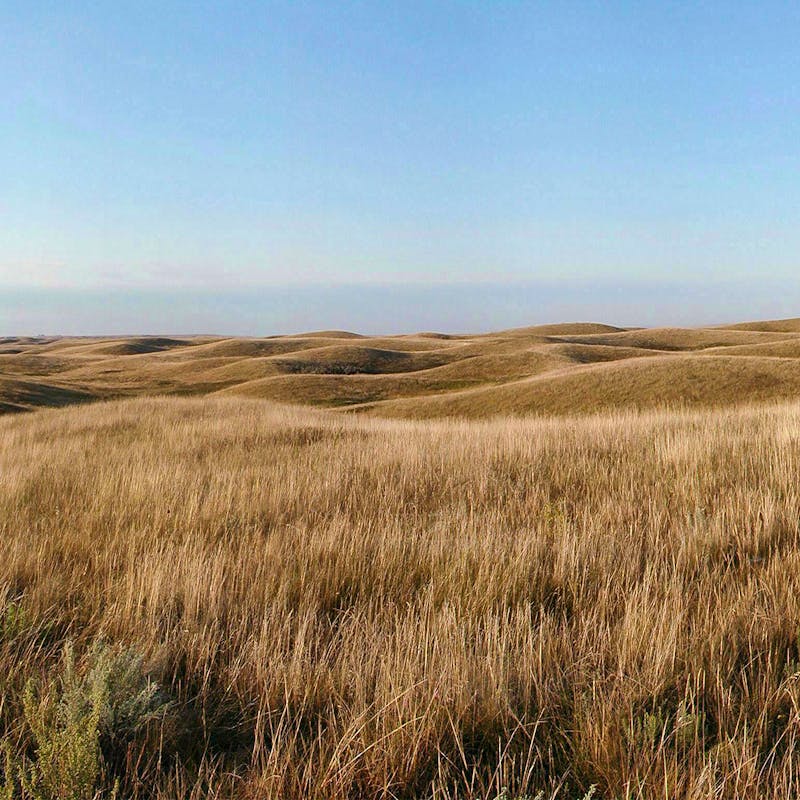Tweet“The greater sage-grouse rider is a disgraceful blemish on our nation’s rich environmental history. It is a detrimental provision that undermines sound science as well as our nation’s bedrock conservation laws. Reckless members of Congress have once again affirmed their willingness to doom an iconic species and the sagebrush ecosystems on which greater sage-grouse and hundreds of other species depend.”
Top negotiators in Congress announced that the greater sage-grouse rider will be included in this year’s final FY2022 appropriations bill.
Greater sage-grouse populations have declined 80% since 1965 according to a federal study. The rider prevents the U.S. Fish and Wildlife Service (FWS) from considering the birds for protection under the Endangered Species Act (ESA) since 2014, and the bird continues to decline at unsustainable rates.
Jamie Rappaport Clark, Former president and CEO of Defenders of Wildlife issued the following statement:
“The greater sage-grouse rider is a disgraceful blemish on our nation’s rich environmental history. It is a detrimental provision that undermines sound science as well as our nation’s bedrock conservation laws. Reckless members of Congress have once again affirmed their willingness to doom an iconic species and the sagebrush ecosystems on which greater sage-grouse and hundreds of other species depend.”
The greater sage-grouse needs large expanses of healthy sagebrush grasslands and functioning hydrologic systems to survive and flourish. They are a keystone species, and conserving sage-grouse benefits a host of other species in the Sagebrush Sea, like pronghorn, elk, mule deer, native trout, pygmy rabbit and nearly 200 migratory and resident bird species.
Among the chief proponents of the rider are fossil fuel companies whose drilling and mining access would be limited if greater sage-grouse were given necessary protections.
Accessible, irrigable and rich in minerals, the Sagebrush Sea has been a working landscape since ranchers and homesteaders first laid claim to it over 200 years ago. Millions of acres of suitable greater sage-grouse habitat have already been lost to agriculture and development.
The remainder is threatened by land use, climate change, invasive species and unnatural fire.
For over 75 years, Defenders of Wildlife has remained dedicated to protecting all native animals and plants in their natural communities. With a nationwide network of nearly 2.1 million members and supporters, Defenders of Wildlife is a leading advocate for innovative solutions to safeguard our wildlife for generations to come. To learn more, please visit https://defenders.org/newsroom or follow us on X @Defenders.
News

Court Urged to Uphold Ship Strike Protections for North Atlantic Right Whales




